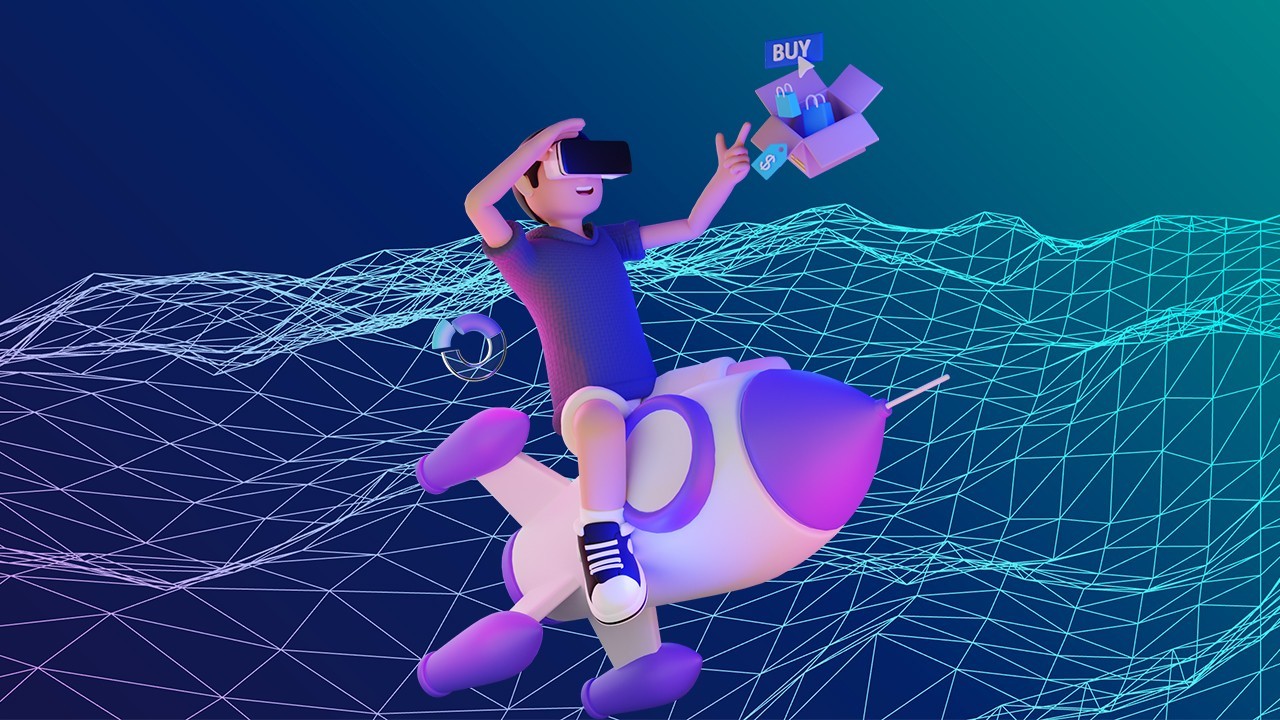Virtual Reality (VR) has long promised immersive experiences, transporting users to digital worlds that feel increasingly real. From interactive games to simulated training environments, the evolution of VR has been driven by advancements in hardware and sophisticated computer-generated imagery (CGI). However, a significant leap forward in creating truly lifelike and engaging VR content is now being driven by **volumetric video**. This groundbreaking technology is fundamentally changing how we capture, display, and interact with real-world people and objects within virtual spaces, pushing the boundaries of immersion beyond anything previously imagined.
Traditional video, whether 2D or 360-degree, captures a scene from a fixed perspective or a limited set of angles. While 360-degree video allows users to look around, their viewpoint remains static; they cannot move through the scene or view objects from different angles as they would in real life. This limitation often breaks the sense of presence in VR, reminding the user that they are observing a recording rather than experiencing it. Volumetric video, in stark contrast, captures a dynamic 3D scene—people, objects, and environments—from multiple angles simultaneously, generating a rich dataset that allows the viewer to move freely within the recorded space and observe it from any conceivable perspective.
The underlying technology behind volumetric video is akin to creating a living, breathing hologram. It involves setting up multiple high-resolution cameras and depth sensors (like those found in advanced gaming consoles or industrial scanners) around a subject or scene. These cameras capture not just the color information (RGB) but also the depth and spatial data from every angle. Specialized software then stitches this enormous amount of data together, reconstructing a three-dimensional model of the subject that changes over time. This resulting “volumetric asset” is essentially a time-varying 3D representation that can be rendered and viewed in real-time within a VR environment, offering six degrees of freedom (6DoF) – meaning the user can move forward/backward, up/down, left/right, and also rotate (pitch, yaw, roll). This is a monumental shift from the limited three degrees of freedom (3DoF) offered by 360-degree video, where only rotational movement is possible.
The implications of volumetric video for VR are profound across numerous sectors. In the entertainment industry, it is revolutionizing how live performances, concerts, and sporting events are experienced. Instead of watching a concert from a fixed seat or a 360-degree perspective, a VR user can now “stand on stage” next to their favorite musician, walk around the band members, and view the performance from any angle they choose. This level of intimacy and immersion was previously impossible with traditional media. Similarly, sports fans could re-live crucial moments of a game from the perspective of their favorite player or even from the referee’s viewpoint, analyzing plays from every angle. This enhances engagement and creates entirely new forms of content consumption.
Beyond entertainment, volumetric video is transforming professional training and education. Imagine medical students being able to “walk around” a volumetric recording of a complex surgical procedure, examining it from every angle, pausing, and replaying specific moments as if they were actually in the operating room. This offers a level of realism and interactivity far beyond traditional videos or even static 3D models. In corporate training, complex machinery or safety protocols can be demonstrated using volumetric captures of experts, allowing trainees to interact with the virtual environment and learn by doing, rather than just observing. This enables truly immersive and hands-on learning experiences without the physical risks or logistical constraints of real-world scenarios.
Telepresence and virtual collaboration are also seeing significant advancements through volumetric video. While traditional video conferencing offers a flat, two-dimensional view of participants, volumetric video allows for truly lifelike virtual meetings. Imagine attending a business meeting where you can see full-body volumetric representations of your colleagues, move around the virtual room, and even interact with 3D models of products or data visualizations as if everyone were physically present. This creates a much stronger sense of presence and connection, addressing the limitations of remote work and fostering more natural and effective communication across geographical distances.
The challenges in widespread adoption of volumetric video are primarily technological and economic. Capturing high-quality volumetric data requires sophisticated multi-camera setups and immense computational power for processing and rendering. The resulting data files are also extremely large, posing challenges for storage and real-time streaming, especially over consumer-grade internet connections. However, continuous advancements in computing power, graphics processing units (GPUs), and efficient compression algorithms are rapidly addressing these hurdles. Research into sparse or monocular camera capture and the integration of artificial intelligence (AI) and machine learning (ML) are also making volumetric video more accessible and efficient to produce. AI, for instance, is being used to optimize rendering, enhance real-time interactivity, and even track user movements to create personalized experiences.
In essence, volumetric video is not just an incremental improvement but a paradigm shift in how we conceive and create immersive experiences in virtual reality. By bridging the gap between recorded reality and interactive virtual environments, it is unlocking new possibilities across industries, from entertainment and education to professional collaboration. As the technology continues to mature and become more accessible, volumetric video promises to deliver an unprecedented sense of presence and realism, fundamentally reshaping our interactions with digital content and bringing us closer to a truly “holodeck-like” future within VR.




